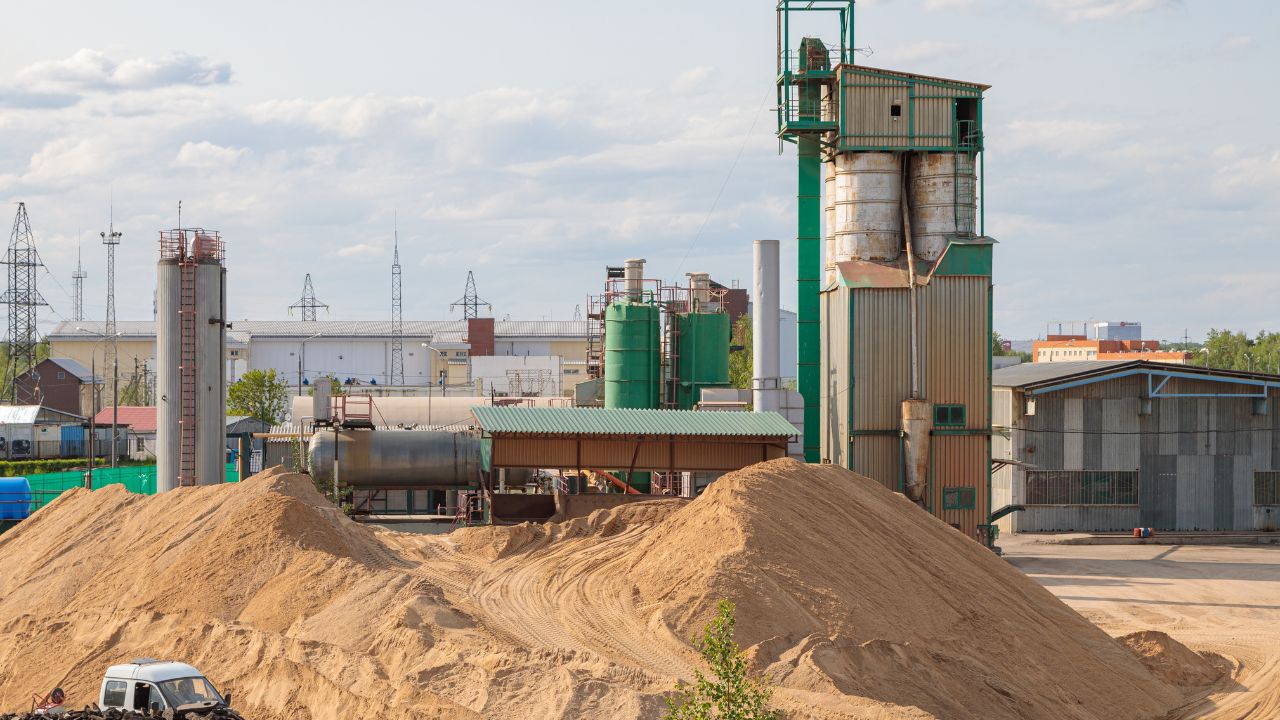What is Masonry Sand?
Masonry sand is one of the essential materials used in building construction and landscaping by engineers because of its fine uniform gradation. Masonry sand used for mortar in brickwork is one of the key material bricksellers rely on. It is also widely applied for the final smoothing of surface finishes when constructing pavements, cement structures, and other masonry work.
What is a Masonry Sand Calculator?
Masonry Sand calculators help builders determine the necessary quantity of sand needed for bricklaying, concrete mixing, and paving for construction site. The calculator requires project dimensions to calculate an exact sand requirement which helps users determine the correct quantity for purchase.
Getting the right amount of sand is critical for:
- Cost Efficiency – Avoids wasted expenditure on surplus material.
- Project Accuracy – Ensure there’s plenty of sand to complete the project.
- Waste Reduction – Less left over or incomplete materials.
Common Uses of Masonry Sand
Masonry sand is commonly used in:
- Brick laying – used in mortar for stronger adhesion.
- Concrete mixing – mixed with cement and gravel to build pillars or beams.
- Landscaping – used in the base of patios, walkways and playgrounds and much more.
Masonry Sand Calculation Formula
The basic formula to calculate the volume of sand needed:
V=L×W×D
Where:
- V = Volume of sand required (in cubic feet, cubic yards, or cubic meters)
- L = Length of the area (feet, meters)
- W = Width of the area (feet, meters)
- D = Depth of the sand layer (feet, meters)
Step-by-Step Guide to Calculate Masonry Sand
Step 1: Measuring Dimensions
- Measure the length, width, and depth of the area where sand is required.
- Use the same unit (feet, meters, inches) for all dimensions.
Step 2: Converting Units
- If measurements are in inches, convert to feet:
1 inch=0.0833 feet
- If measurements are in centimeters, convert to meters:
1 cm=0.01 meters
To estimate sand volume in cubic yards:
Vcubic yards=27L×W×D
Example Scenario:
A patio needs a sand layer with:
- Length = 10 feet
- Width = 5 feet
- Depth = 2 inches (converted to feet: 2/12 = 0.167 feet)
Calculation:
V=10×5×0.167
V=8.35 cubic feet
To convert cubic feet to cubic yards:
Vcubic yards=278.35=0.31 cubic yards
So, 0.31 cubic yards of masonry sand is required.
FAQs
1. How do I convert cubic feet to cubic yards?
Divide the cubic feet by 27 to get cubic yards:
Cubic Yards=27Cubic Feet
2. What kind of sand is needed for masonry work?
For bricklaying and making mortar, use fine masonry sand, and for concrete mix use coarse sand.
3. So how much additional sand should I buy?
It is suggested to order 5-10% more sand to allow for settling and waste.
4. Can I use the same formula for gravel or crushed stone?
Yes, but account for material compaction rates; gravel settles more than sand.
5. How much does masonry sand weigh per cubic yard?
Cubical yard of dry sand usually weighs 2,700–3,000 lbs (1,225–1,360 kg).

Check out 4 similar Masonry Sand Calculator :